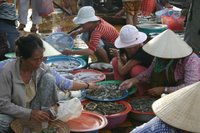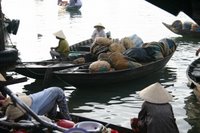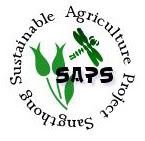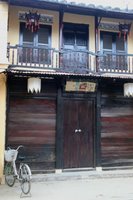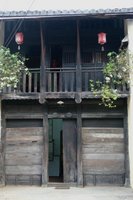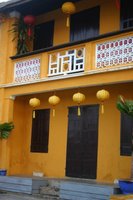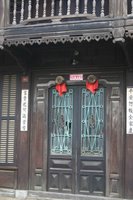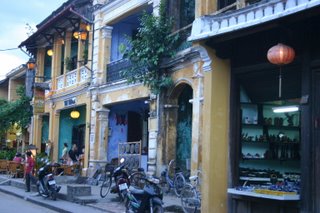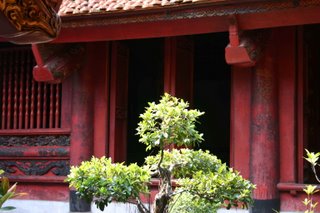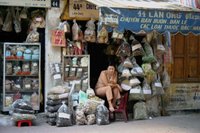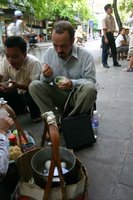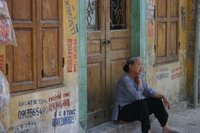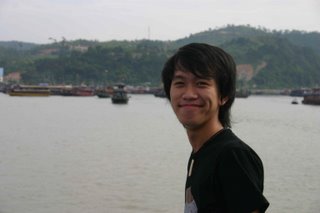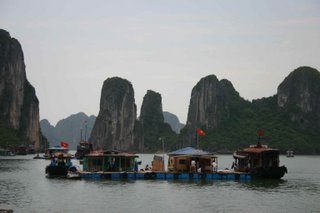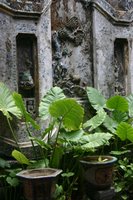

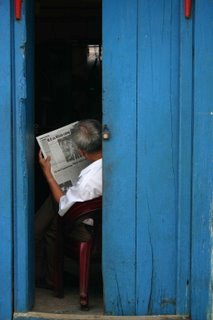
Though having been settled early in the first century, Hoi An became an important trading centre during the 15th century, serving as a point of trade, perhaps the most important point of trade, for southeast asia, linking China, Japan, India, the Middle East and the Europe.
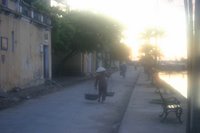
Today, the influence of the various ethnic groups can be seen throughout the city, with Chinese and Japanese architecture and homes, etc. In particular, the Chinese have left several large meeting halls, all specific to the region from which each Chinese group had come- thus a meeting hall for the Cantonese, a hall for the Hunan, etc. The Japanese covered bridge is also a place of note, which dates back to the 1700s.





Hoi An was declared a World Heritage Site in recognition of the pivotal role it played in the development of world trade, and for the history of its various inhabitants.
Hoi An is also known for Cao Lau, a noodle dish which, traditionally, must be made from the water of a particular well in the heart of the Hoi An.
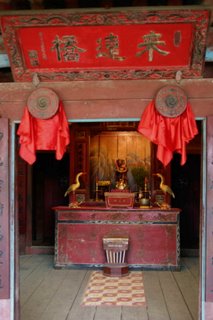
We stayed here for several days during which time resided in an old Chinese merchants warehouse built in the 1800s, which has since been made into a hotel.
 Despite its becoming an increasingly popular tourist attraction, Hoi An stills maintains a feeling of being rather more local than otherwise.
Despite its becoming an increasingly popular tourist attraction, Hoi An stills maintains a feeling of being rather more local than otherwise.


